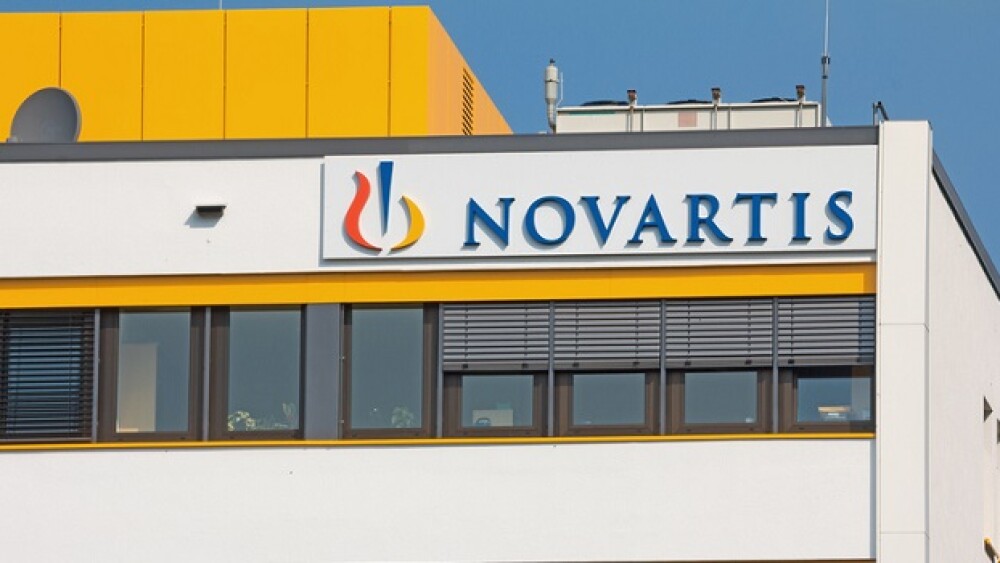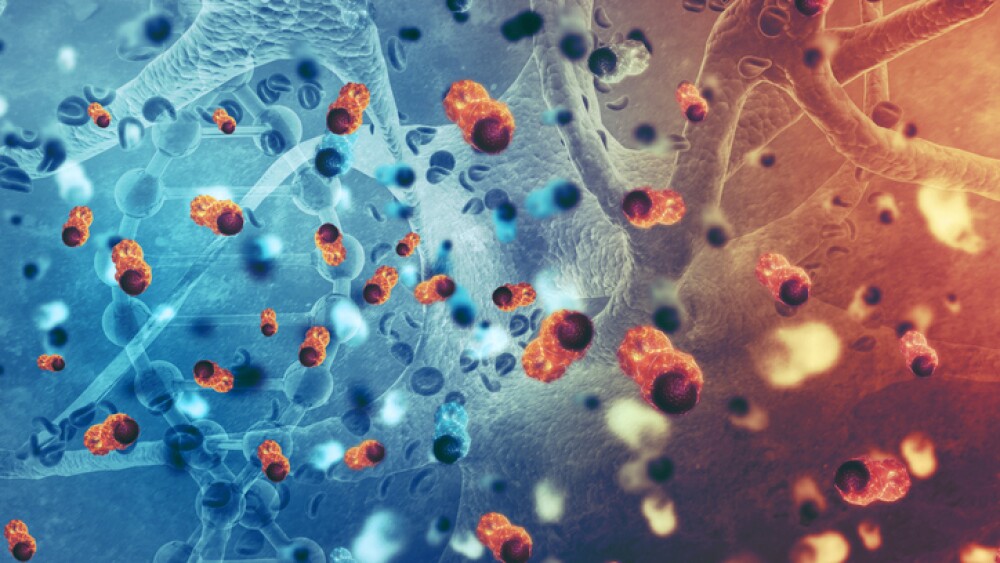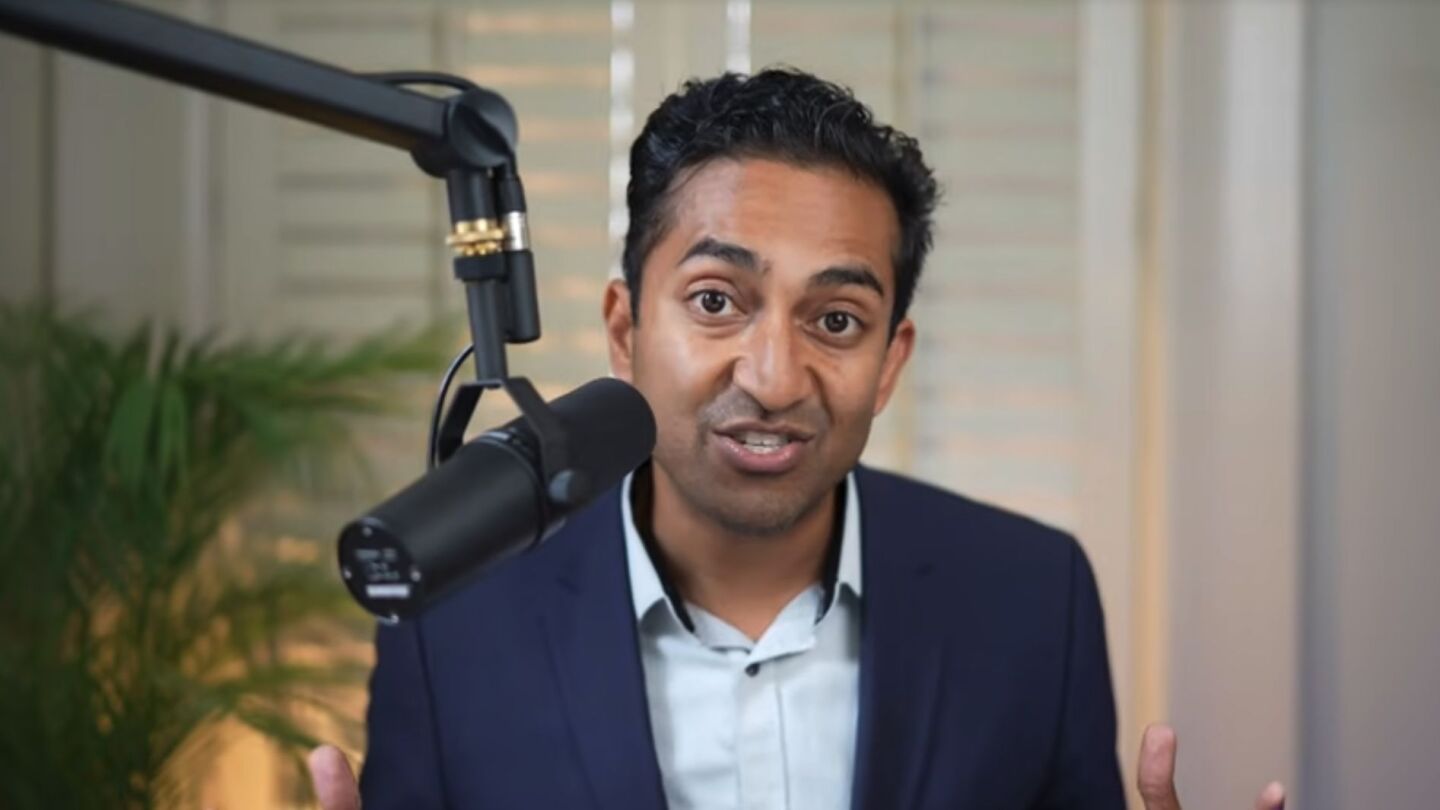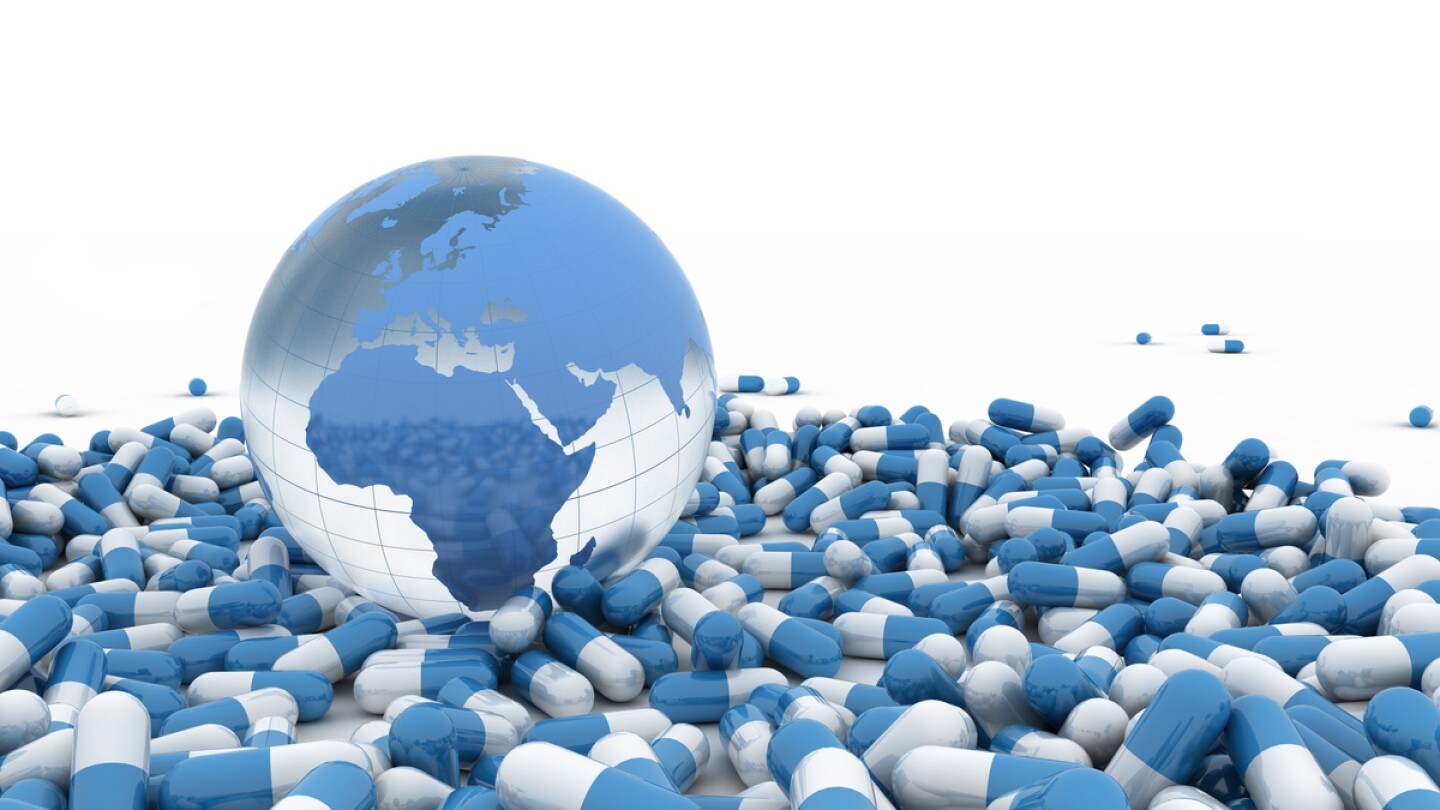News
In its Q2 earnings call Thursday, Novartis said it is moving quickly to reshore its drug manufacturing operations, but CEO Vas Narasimhan told reporters that for most medicines, it typically takes three to four years to completely relocate production.
FEATURED STORIES
Traditionally carrying a dire prognosis, the treatment paradigm for multiple myeloma is changing, with CAR T therapies, bispecifics and more contributing to multifaceted regimens unique to each patient’s needs.
Biopharma executives make their predictions for the year ahead, from a bold forecast for the return of the megadeal to a plea for the slow, healthy recovery of the industry at large.
As I ran from interview to interview across San Francisco, I was consistently warmed by the stories I was told by biotech and pharma executives—and the general comradery in the air throughout the chaotic event.
Job Trends
Johnson & Johnson announced new patient-reported outcomes from the Phase 3 CARTITUDE-4 study of CARVYKTI® demonstrated clinically meaningful improvements in health-related quality of life and meaningful reductions in disease-specific symptoms according to multiple PRO measures in the treatment of adult patients with relapsed and lenalidomide-refractory multiple myeloma who received one to three prior lines of therapy.
FROM OUR EDITORS
Read our takes on the biggest stories happening in the industry.
Unpredictable communication and a lack of transparency are eroding the industry’s and the public’s trust. The FDA, experts agree, needs to take control of the narrative.
THE LATEST
BioSpace examines the busiest corporate venture capital arms in the pharmaceutical industry. Novo Holdings, which made headlines last year with its $16.5 billion Catalent buy, topped the list.
From a higher bar for regulatory clearance to pricing limitations, drug development is more expensive than ever. This has led firms to make tough pipeline decisions early in the development process. The result may be costly for all of us.
The new framework was well-received by biopharma analysts, who say it “largely formalizes” current COVID-19 vaccination trends.
Drugmakers will be expected to commit to aligning U.S. prices with the lowest price set in a group of peer nations for all brand products across all markets that do not currently have generic or biosimilar competition.
Most of the 15 million children with a rare disease have no FDA-approved treatments available to them. And when it comes to the most-rare conditions, there isn’t even a pipeline.
The largest Chinese licensing deal behind Pfizer’s is Novartis’ partnership with Shanghai Argo Biopharma, worth potentially more than $4 billion.
The Most Favored Nation order is unlikely to deliver broad, sustained savings without triggering legal challenges, administrative friction and unintended consequences for both the healthcare sector and patient access.
The partnership with Sirius expands CRISPR Therapeutics’ modality toolkit, especially in the cardiovascular space.
The late-stage results come in advance of pivotal data that Ionis expects to provide for its antisense oligonucleotide Tryngolza in the third quarter, building up toward a regulatory submission in hypertriglyceridemia by year-end.
In an interview on Friday, FDA Commissioner Marty Makary threw his weight behind psychedelic therapies, noting that patients taking these substances experience significant benefits for various neuropsychiatric conditions.

















